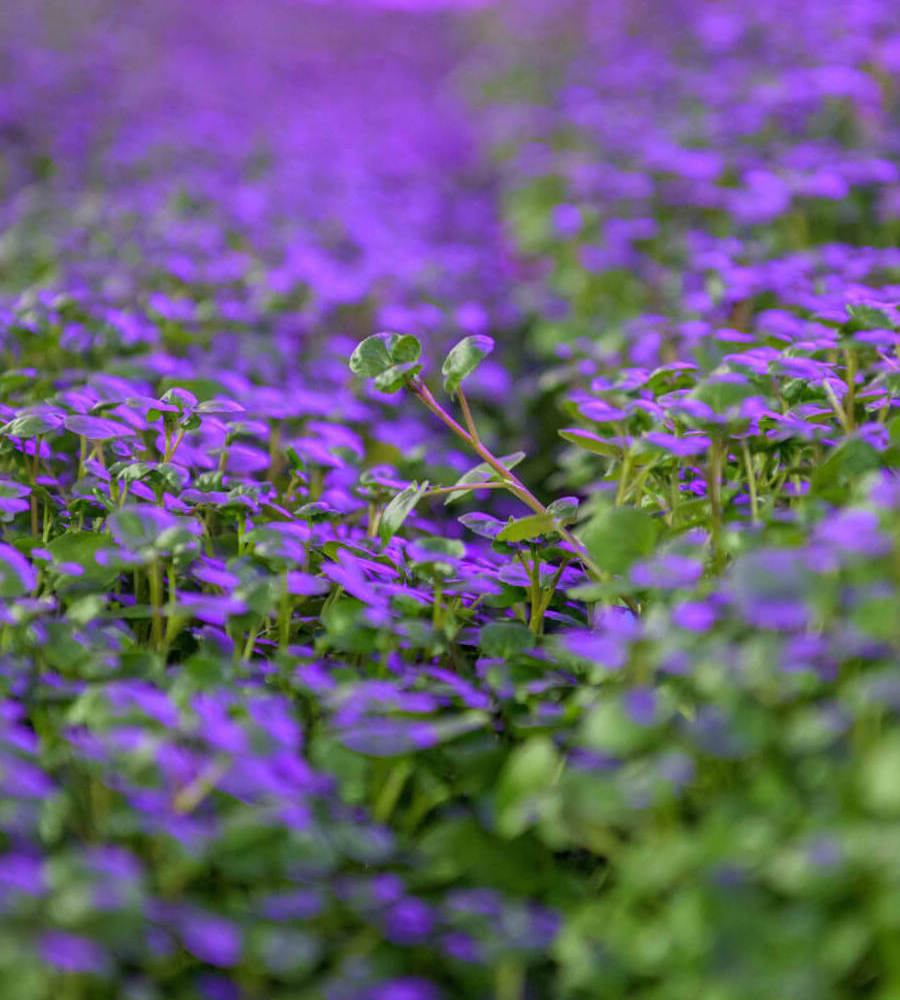Can Vertical Farming Help to Solve a Water Crisis?
Improving water management in agriculture is vital to ensuring global food sustainability. The Food and Agriculture Association (FAO) shared that Agriculture is the largest user of water globally, and by 2050 the sector is expected to account for more than half of all withdrawals from rivers, lakes, and aquifers.1
In conventional agriculture, a significant amount of water can be lost due to evaporation, run-off and inefficient watering techniques. In fact, according to the UK Environment Agency, up to 40% of water is lost to the environment due to these factors.2
Vertical farming is a technique that involves growing produce in vertically stacked layers – as the name suggests. Not only does it save growing space, but this innovative farming technique can also help to reduce the amount of water used when compared to conventional agricultural methods of growing.
So How Does Vertical Farming Reduce Water Use?
Water used within vertical farming, when using a hydroponics method, is constantly recycled throughout the growth cycle. Any excess water is collected and reused, including water that evaporates from the plants. This efficient system creates minimal water wastage.
Vertical farming also reduces water use due to the absence of soil. Without soil, and combining with high care or clean room growing technology, the produce does not need to be washed. It saves water and helps to ensure the produce stays fresh and robust whilst being harvested.
Whilst water resources will be sufficient to produce the food required in 2050, as our population continues to grow many regions will face substantial water scarcity. This can affect the incomes and livelihoods of those in more rural and residential areas, with increased competition and agricultural production constraints.2
Vertical farming offers the ability to use water more efficiently when growing, reducing our reliance on freshwater sources. It means we can continue to expand and grow, using technology that helps to create a more sustainable way of living for our planet.
Sources:
1 – https://www.fao.org/3/i4560e/i4560e.pdf
2 – https://htt.io/water-usage-in-the-agricultural-industry/




